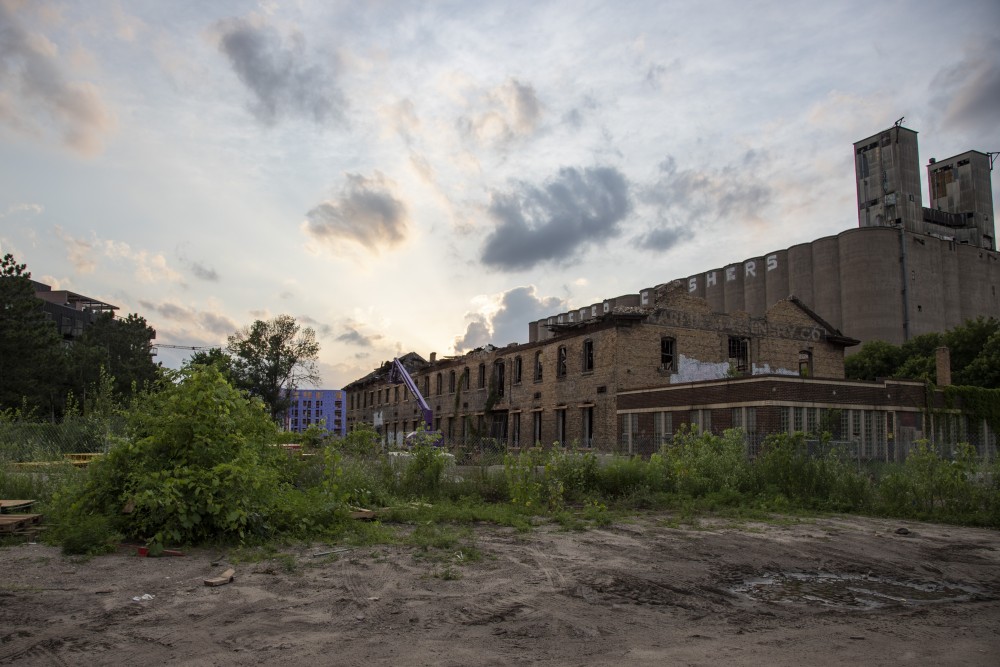Former industrial sites around the University of Minnesota are getting a new chance at life with the help of grant funding aimed at clearing contaminants from the area.
The Minnesota Department of Employment and Economic Development awarded sites around the state grant funds totaling $3.4 million in July to remove potentially harmful chemicals from soil or groundwater. The money will encourage the renewal of old industrial sites, or “brownfields,” like the Malcolm Yards Market project in Prospect Park, to cater to current community needs.
The Malcolm Yards Market received about $73,000.
Helping developers afford the costs associated with cleaning up industrial land promotes reuse of otherwise underutilized parts of the city, said Kristin Lukes, director of DEED’s Office of Brownfields and Redevelopment.
“The projects get so expensive with the soil and groundwater contamination that why not just go to a different clean site down the street?” Lukes said. “It’s really to help level that playing field for developers to develop on previously used sites.”
The program awards redevelopment sites suspected of having pollutants grants twice a year. The department covers up to 75 percent of the cleanup cost, with the developer paying for the rest. Past cleanup projects include Surly Brewing Co. in Prospect Park.
To apply, developers must go through an authority like the city, have concrete plans for redevelopment and gain approval from the Minnesota Pollution Control Agency.
“The program is structured to help redevelop brownfields or perceived brownfields,” said Jeff Ellerd, project manager of Wall Companies, developer of the Malcolm Yards Market project. “It is a good thing to do so those contaminants can’t spread, and so that when it’s redeveloped there’s no risk to the public.”
Many of the sites that are awarded grants contain petroleum, which often contaminated soil when the areas were home to industrial facilities, like manufacturing plants erected within the past century. For the Malcolm Yards Market site, cleanup is focused on both petroleum and asbestos removal, Ellerd said.
Clearing the area is one of the final steps before the project can apply for building permits in the near future, Ellerd said.
For many redevelopment projects in Minneapolis, any suspected contamination on the property must be removed. Contamination around campus, like in Prospect Park, is especially common given the area’s industrial past.
Historically, the area was used as a railroad connection between St. Anthony Falls and ports in St. Paul, said Stephen Klimek, project manager of the Towerside Innovation District, which supports community collaboration with developers.
“This new investment is fueling the repair and restoration of our environment and … everyone benefits from that,” Klimek said.
Lukes said developing these areas helps promote job creation, increase the tax base and eliminate health risks. Malcolm Yards Market is among the most recent projects in Prospect Park, which has seen rapid changes in the past several years.
“It’s really revitalized the whole area,” Lukes said. “People that take that risk and … believe in those projects, and kind of get them some assistance that really spurs all that adjacent development in the area.”














